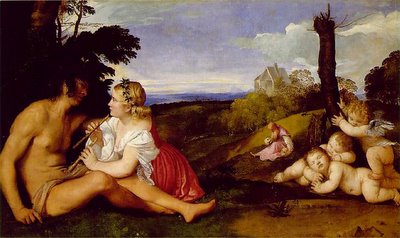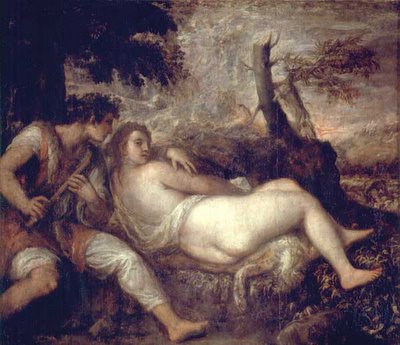Boredom is the site of "an operation enacted upon the not-open of the animal world" (62) by which (what will come to be) the human suspends its animal captivation with its habitual stimuli, the "carriers of significance which constitute its environment" (41). It is in that suspension that the living being "awaken[s] [. . .] to its own being-captivated" (70). And it is this awakening, this "anxious and resolute opening to the not-open, [that] is the human" (70). "Dasein," Agamben concludes, "is simply an animal that has learned to become bored" (70).
This is what separates us from the beasts: our sense of tedium, both the tedium of having nothing especially to occupy us, and the tediousness of what does occupy us, what enables us briefly to forget how much we are enclosed by our habits.
Boredom, in this sense, is a non-relation. Or rather, it is the estrangement of our relationship to our normal preoccupations, our captivated relations with our environment. As such, then, it is either pure affectlessness or, perhaps better, a kind of degree zero of affect: the affect proper to the Body without Organs?
But how to relate this boredom, as a functional part of the anthropological machine, with the post-anthropological figure of "otium" or "workless [. . .] inactivity" (87) that for Agamben defines our post-anthropological predicament or possibility? This "human nature rendered perfectly inoperative" (87) would also seem to be far distant either from captivation or from any determinate affect.
Agamben's figure for otium is a painting by Titian, Nymph and Shepherd, itself a reworking of an earlier Titian, The Three Ages of Man.

Drawing on the work of Judith Dundas, Agamben suggests that Nymph and Shepherd is "in a darker, more despairing key" than the earlier painting (86). He says that its atmosphere is simultaneously "both exhausted sensuality and subdued melancholy," and he quotes Erwin Panofksy to the effect that it is "fraught with emotion," too much so for any allegorical interpretation, but this is an emotion that is "restrained and somber" (85).

In this image of inactivity, then, rather than a degree zero of affect, we have something like its surplus, its excess beyond habit or function: an affect that manifests its resistance to narrative, to allegory.
Agamben argues that in their "mutual disenchantment," the figures in Titian's painting have entered "a new and more blessed life, one that is neither animal nor human. It is not nature that is reached in their fulfillment, but rather [. . .] a higher stage beyond both nature and knowledge, beyond concealment and disconcealment" (87). Theirs is a "zone of non-knowledge" (91) that is also a fundamental disarticulation of the machine that produces humanity from animality, and so also of the machine that lies at the heart of (bio)politics.
Against the articulations of hegemony, then, the disarticulation of some blessed post-humanity, marked by its otiose surplus of affectivity.
But again, this post-historical, post-human heaven, in which nothing ever happens: well, won't it be rather boring?
For more discussion of The Open, see The Weblog's reading group archive.
No comments:
Post a Comment